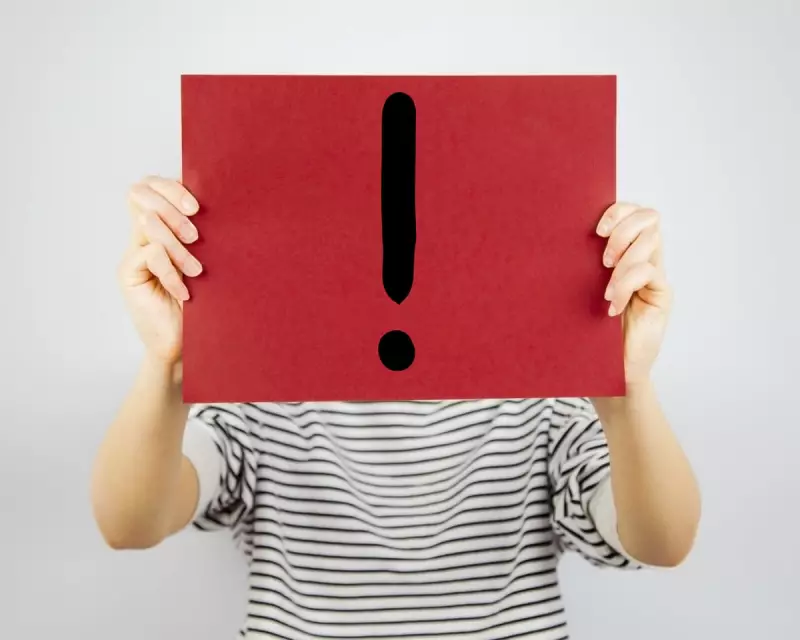
In the digital landscape of emails, texts, and social media, a subtle but significant punctuation divide has emerged between genders. Groundbreaking research has uncovered that women use exclamation marks three times more frequently than their male counterparts, sparking conversations about communication styles and unconscious bias.
The Data Behind the Exclamation
Linguistic analysis of thousands of digital communications reveals a consistent pattern across various platforms. From professional emails to casual WhatsApp messages, women consistently pepper their writing with enthusiastic punctuation marks, while men tend toward more restrained full stops.
More Than Just Enthusiasm
Experts suggest this isn't merely about women being more expressive. The exclamation mark serves multiple social functions in modern communication:
- Warmth and Friendliness: Softening messages that might otherwise seem abrupt or cold
- Social Lubrication: Maintaining positive rapport in digital conversations
- Professional Accommodation: Countering perceptions of aggression or directness
The Professional Double Bind
This punctuation preference carries particular weight in workplace communications. Women often walk a tightrope between being perceived as competent and likeable. The strategic exclamation mark becomes a tool to navigate this complex terrain, adding perceived warmth without compromising professionalism.
Digital Communication Evolution
The rise of this trend coincides with our increasing reliance on text-based communication. Without tone of voice or body language, punctuation has taken on new significance in conveying emotional context and intent.
As one linguistics professor noted, "What appears to be a simple preference for enthusiastic punctuation actually reflects deeper social conditioning and communication strategies that women have developed to navigate both personal and professional spheres."
Beyond Gender Stereotypes
While the data shows clear gender patterns, researchers caution against oversimplification. Communication styles vary widely among individuals, and the exclamation mark's meaning continues to evolve with changing digital norms.
The conversation around this punctuation divide opens broader questions about how we communicate in the digital age and whether our writing habits reinforce or challenge traditional gender expectations.





